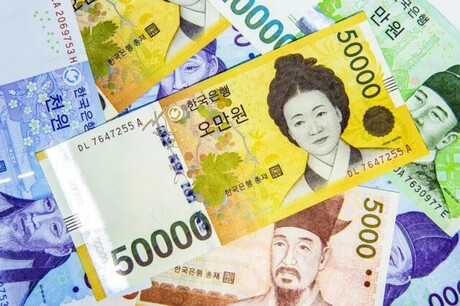
Eurozone inflation unexpectedly climbed to 2% in October, according to preliminary data released by Eurostat on Thursday. This figure exceeded market expectations of 1.9% and the previous month's revised reading of 1.7%.
The primary driver of the increase was a surge in food, alcohol, and tobacco prices, which accelerated to 2.9% from 2.4%. Core inflation, excluding volatile food and energy prices, remained steady at 2.7%.
The higher-than-expected inflation figure has raised questions about the European Central Bank's (ECB) monetary policy stance. While the ECB has been gradually easing interest rates to stimulate the economy, the latest inflation data suggests that the central bank may need to reassess its policy trajectory.
The euro strengthened following the release of the inflation data, as investors adjusted their expectations for future interest rate cuts. Market participants are now pricing in a 25-basis-point rate cut at the ECB's December meeting, rather than the previously anticipated 50-basis-point reduction.
Despite the inflationary pressures, the eurozone economy showed resilience in the third quarter, expanding by 0.4%. However, analysts caution that future growth may be subdued due to global economic uncertainties and potential domestic headwinds.
The ECB remains cautiously optimistic about the outlook for inflation, but it acknowledges that risks remain. The central bank will continue to monitor economic developments closely and adjust its monetary policy as needed to ensure price stability.
[Copyright (c) Global Economic Times. All Rights Reserved.]




























